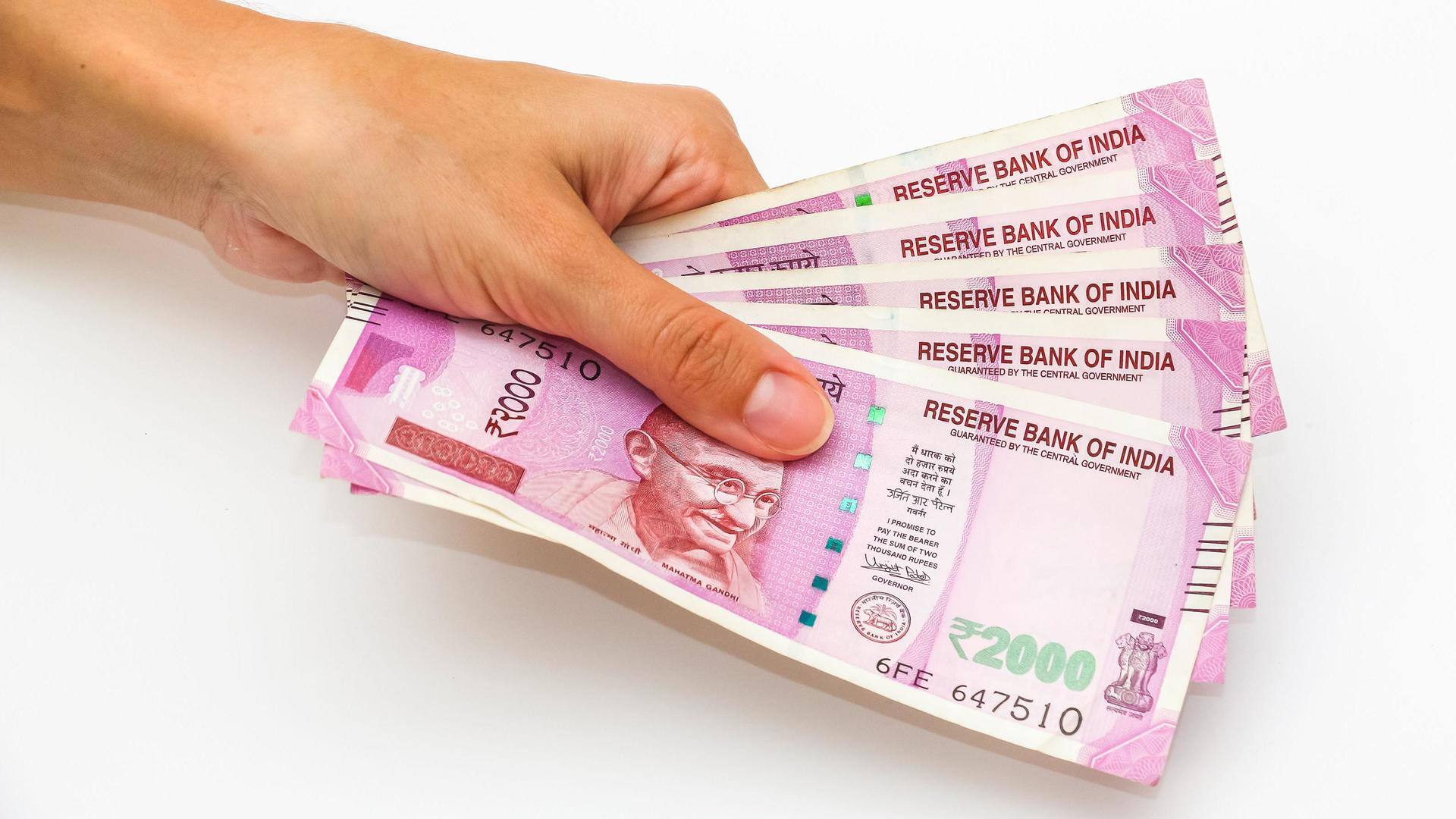
Rs. 2,000 note withdrawal: Debunking all myths, revealing facts
What's the story
The Reserve Bank of India (RBI) recently announced the withdrawal of Rs. 2,000 currency notes, leading to a wave of confusion and misconceptions. Now, MyGovIndia, the citizen engagement platform of the Indian government, is here to bust the myths and shed light on the truth behind this decision. Let us debunk some misconceptions and find out the truth behind them.
Twitter Post
Check out MyGovIndia's myth-busting tweet series
With the ₹2000 denomination bank notes set to be withdrawn from circulation, there are several misconceptions surrounding it & we are here to shed light on the facts with our myth-busting series!#MythsVsFacts #MythBusters @PMOIndia @FinMinIndia @nsitharaman @RBI @PIB_India pic.twitter.com/CPRRDblhAL
— MyGovIndia (@mygovindia) May 21, 2023
Myth #1
Myth: Rs. 2,000 notes will be invalid after September 30
Fact: There is a common misconception among the public that Rs. 2,000 currency notes will become invalid if not exchanged by September 30, 2023. However, this is untrue. These notes will remain legal tender even after the mentioned date. The memory of Rs. 500 and Rs. 1000 notes being declared illegal tenders in 2016 still lingers in people's minds, creating fear and apprehension.
Myth #2
Myth: Rs 2,000 note exchange limited to your account-holding bank
Fact: People can visit any bank, regardless of whether they have an account with it or not, and exchange currency notes up to a limit of Rs. 20,000 at a time. During the 2016 demonetization, it was reported that only the account holders with particular banks were allowed to exchange the old currency, creating uncertainty about whether commoners will encounter similar restrictions now.
Myth #3
Myth: Fee should be paid for exchange facility
Fact: There are no costs involved in getting your notes exchanged. Let's debunk another myth: this isn't demonetization 2.0, as being perceived by many. The truth is, exchanging Rs. 2000 notes for smaller ones is just a way to make transactions easier. It's not a big disruption like before. The goal is to keep things running smoothly and meet the demands of today's transactions.
Purpose of the notes
Why was Rs. 2000 note introduced in first place?
Rs. 2,000 notes were introduced to meet currency needs after the old Rs. 500 and Rs. 1,000 notes were invalidated in 2016. Printing of Rs. 2,000 notes stopped in 2018-19 as the objective was met. Now, due to decreased public use, the RBI decided to withdraw these notes from circulation. In essence, they were introduced, fulfilled their purpose, and are currently being phased out.